Kari Bjorn is an Icelandic documentary photographer. Previously a chef in Reykjavik & London, he moved to New York City in 2014 to pursue photography at Parsons School of Design. Bjorn has been fascinated with the United States since childhood and his work revolves around his personal idea of what constitutes as “only in America”, good or bad. “It was easier to criticize americans and their government from an isolated island in the North Atlantic but once you’re here you can truly see and experience the depths of the problems this country faces.” Bjorn’s work has been featured both in Icelandic newspapers and publications, and in the US at ImageNation Raw Art Space in New York City and at Eastern State Penitentiary Museum in Philadelphia, PA. He is currently working his first book set to be self published in August 2017, a collaborative project with Otis Johnson, a man who was released from prison in 2014 after serving nearly 40 years for a crime he has never admitted to. Bjorn and Johnson have both been photographing his transition and adjustment to modern day society, revived relationships with friends and family and his first love relationship at age 71. Johnson is currently fighting to have his case reopened and overturned.

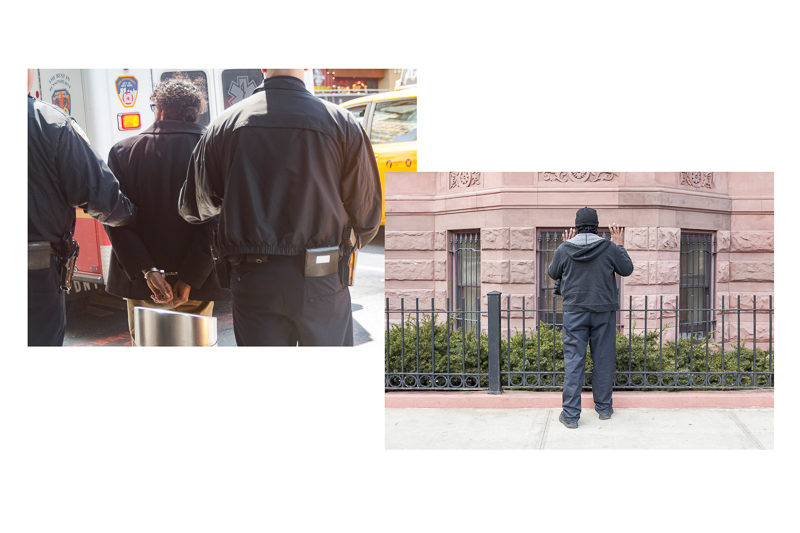

Otis
In October 2015 I met Otis Johnson at Exodus Transitional Community in East Harlem, I was looking to make work about re-entry in New York. Otis was released from prison in August 2014 after serving nearly 40 years for an attempted murder on a police officer on the corner of 119th street and Adam Clayton Powell Jr. Blvd in May 1975. A crime he didn’t do and has never admitted to doing, many of the documents Otis has held on to strongly suggest his innocence: A 22 caliber pistol found two days after the shooting which was used against him didn’t have any fingerprints on it, 7 out of 9 pictures in a photo line-up didn’t include a man dressed anyway near Otis the day he was arrested. Otis’ court appointed lawyer didn’t contact a key witness in the case and the court only heard statements from NYPD officers.
Otis Johnson was born on July 17th in 1945, his family moved form Georgia to New Jersey in 1950 and when Otis was 14 years old his strict father, who had been stationed in Southeast Asia during the Korean War, sent him to Hong Kong to live with monks to learn discipline, learn meditation and Kung Fu. Otis had been in trouble at school and got in fights with bullies. He more or less spent the next 11 years in Hong Kong and mastered Tai Chi and gained the 2nd highest rank in Kung Fu.
When he came back to the US he became affiliated with the Black Panthers but never officially joined, because his childhood friends were constantly being harassed by local police. He instead worked as a security advisor to the Panthers during protests and rallies. In early 1975, his sister called and asked him to come to Harlem, NY to help settle with local drug dealers who were forcing her to sell out of her deli. Otis brought his Black Panthers connections and was able to settle with the gang. He really liked the atmosphere in Harlem and decided to stay and got a small apartment in Central Harlem. Only a few months later he was arrested and convicted of an attempted murder on a police officer and 2 drug felonies.
An anonymous 911 call is made from apartment 1D at 1975 Adam Clayton Powell Jr. Blvd on May 5th at 11:58am. The caller describes a man in the hallway, dressed in a beige coat, selling drugs and possibly armed. NYPD officers Ahrens and Morgan are sent to the scene and attempt to arrest a suspect that walks away when they show up. The man resists arrest and shoots officer Ahrens in the stomach and barely misses Morgan’s head and escapes. Otis is standing in broad daylight on the corner of 121st and Mt. Morris Park West at 12:35pm wearing a tan leather jacket and his martial arts outfit, he’s talking to children and their parents about opening up a martial arts school in the neighborhood. He is taken from behind and pushed up against a wall and arrested, and identified as the shooter by officer Morgan through a police car window. He is then driven to the 28th precinct where he gives the booking officer his muslim name, Salladeen.
“No we’re not going to write that!” “your name is William,” “hey throw James in there too.”
Throughout his 40 years incarcerated, Otis is known as James Williams.
During the trial, Otis’ public defender fails him repeatedly, he doesn’t show up for a photo line-up with officer Ahrens, and never contacts the person who called 911 and reported a man in a beige coat. In police documents a gun is reported to have been found in a basement “on the escape route,” it’s a 22 caliber pistol with no fingerprints. It was later estimated that a hole in the police officer Ahrens’ jacket came from a 22 caliber pistol. The jury only hears testimony from NYPD officers which is incoherent, saying officer Ahrens had been shot in the stomach and another one says he had been shot in the chest. Police records also show that cocaine and heroin was found on Otis, both when he was arrested and when he was searched again during booking. The final blow came when the judge allowed a 14 year old boy named Anthony Gideon to testify, that he had seen an older man with a bald spot run from the scene of the crime. When asked what time he saw it happen, the judge stepped in and signaled that the witness was to be excused.
Otis is sentenced to 25-life for one attempted murder on police officer Morgan and 2 counts of drug possession, he is acquitted of the other charge of attempted murder on police officer Ahrens.
Otis spends the first years of his sentence helping other inmates seek high school and college degrees and finishes two himself, in business management and non-profit management. He is introduced to Gary Ashby in 1978 at Green Haven State Prison and they become best friends, Gary was the only person to visit Otis throughout his prison sentence. Gary died in summer of 2016 after battling with cardiovascular related illnesses for years. At Green Haven, Otis starts the first meditation program in NY State Prisons and teaches self defense. He also works for the NAACP and acts as a correspondent between the association and prisoners. In 1993 Otis uses his education to start his own non profit called H.E.F.T. Human Development Organization and in 1996 opens a homeless shelter in Ozone Park, Queens. Otis says that as his sentence became longer, privileges and opportunities became less available, mostly because of the US’s stance on crime, criminals and punishments. Otis is therefore forced to give up his organization and hands control of it over to a group of people related to his prison acquaintances. The group immediately closes the shelter and moves its official address, they continue though to make it look as if it’s still running and collect government grants and donations well into the 2000’s.
After 25 years, Otis makes his first appearance before a parole board and gets denied, he will be denied 7 times in total, only for the fact that he refused to confess to the crime. The justice system sees that as a lack of remorse which is automatically grounds for parole denial. Various parole boards congratulate him though for excellent behavior and say that if he were to confess, he would go free. Otis never confessed.
He was given parole in August 2014 for good behavior.
He spent the first months out in Bellevue shelter in Manhattan, a notorious shelter where prison rules apply. Otis is released with $40, two bus tickets and his release documents. His name at that time is James Williams and he has no real identification to change it back. It made it extremely difficult for him to get proper help. After a few months at Bellevue he is introduced to Exodus Transitional Community in East Harlem and Diana Ortiz, one of its managing staff members finds Otis’ birth certificate from 1945 which enables him to get state identification. Otis is then relocated to “The Castle”, managed by The Fortune Society and is given a shared room there, he has stayed at The Castle since early 2015. He has been working with various social justice organizations in Harlem to seek help to have his case reopened, he is also working towards opening a homeless shelter again under H.E.F.T.’s name, focusing on housing the elderly, the mentally ill and those escaping from abusive relationships. While looking for possible houses for H.E.F.T. he met Lydia, a strong and politically engaged woman who directed Otis to her Evangelist church in Flatbush, Brooklyn. They had extra room and wanted to use that space to help the community. Otis and Lydia began dating in spring 2016 and after 71 years, Lydia was Otis’ first girlfriend.
Unfortunately Otis wasn’t able to make a deal with the landlord given the grants he had applied for and is still working with his local community board to find adequate grants for H.E.F.T. – He and Lydia split up early in 2017 and Otis wants to focus this year solely on getting his organization up and running and reopening his case, mainly focusing on his lawyers inadequate defense and the discrepancy in that he was both convicted and acquitted of crimes that happened within split seconds of each other.




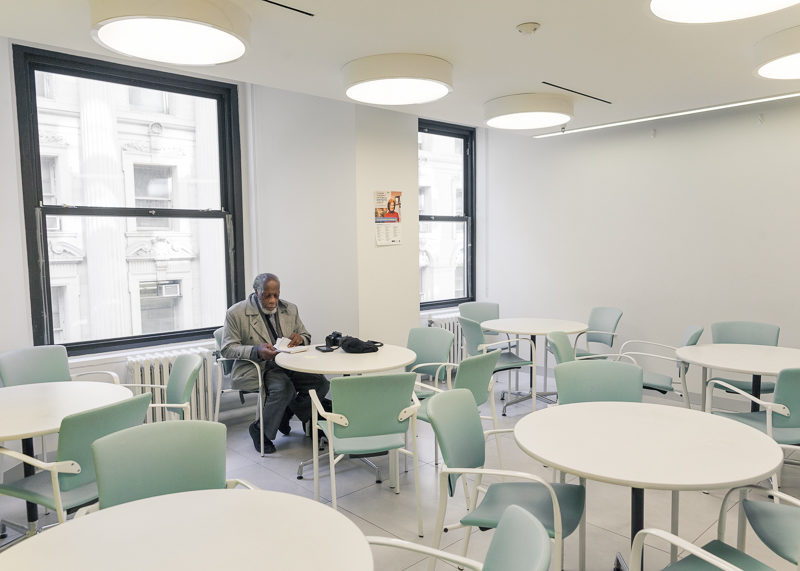
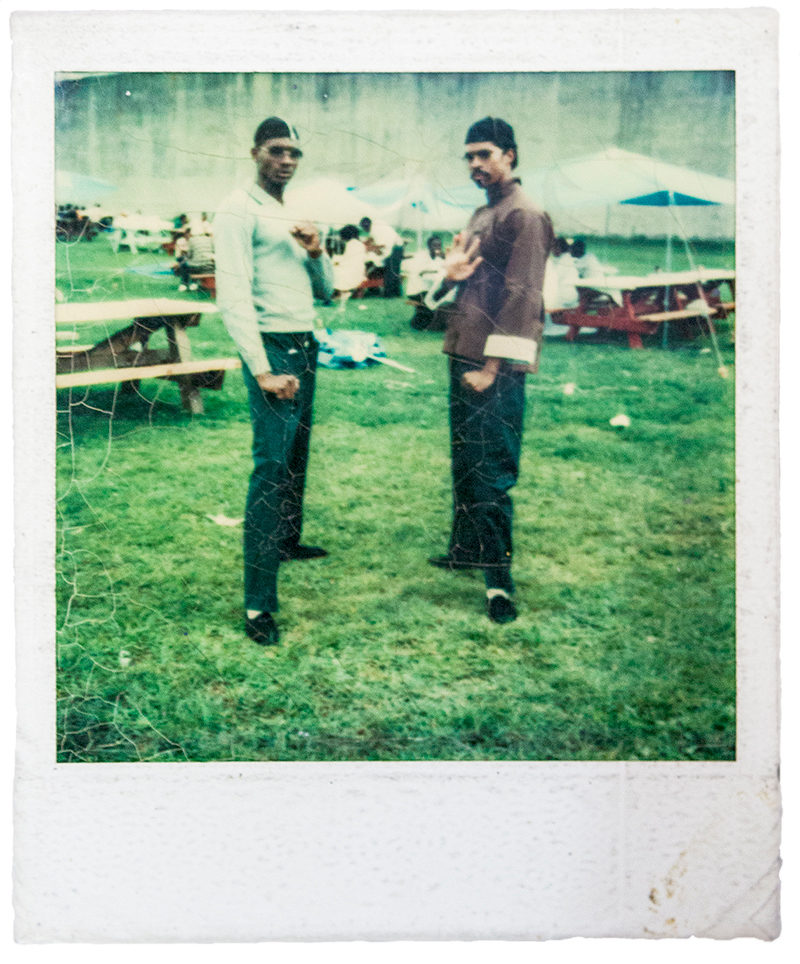


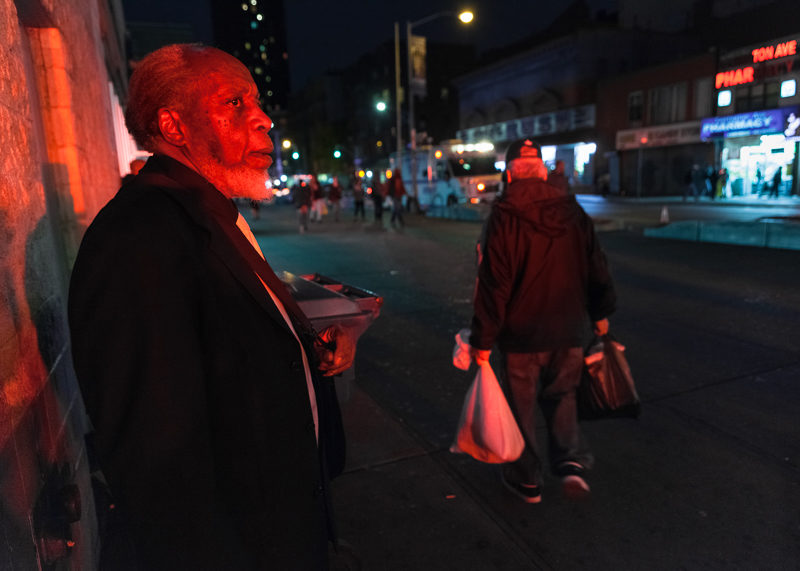


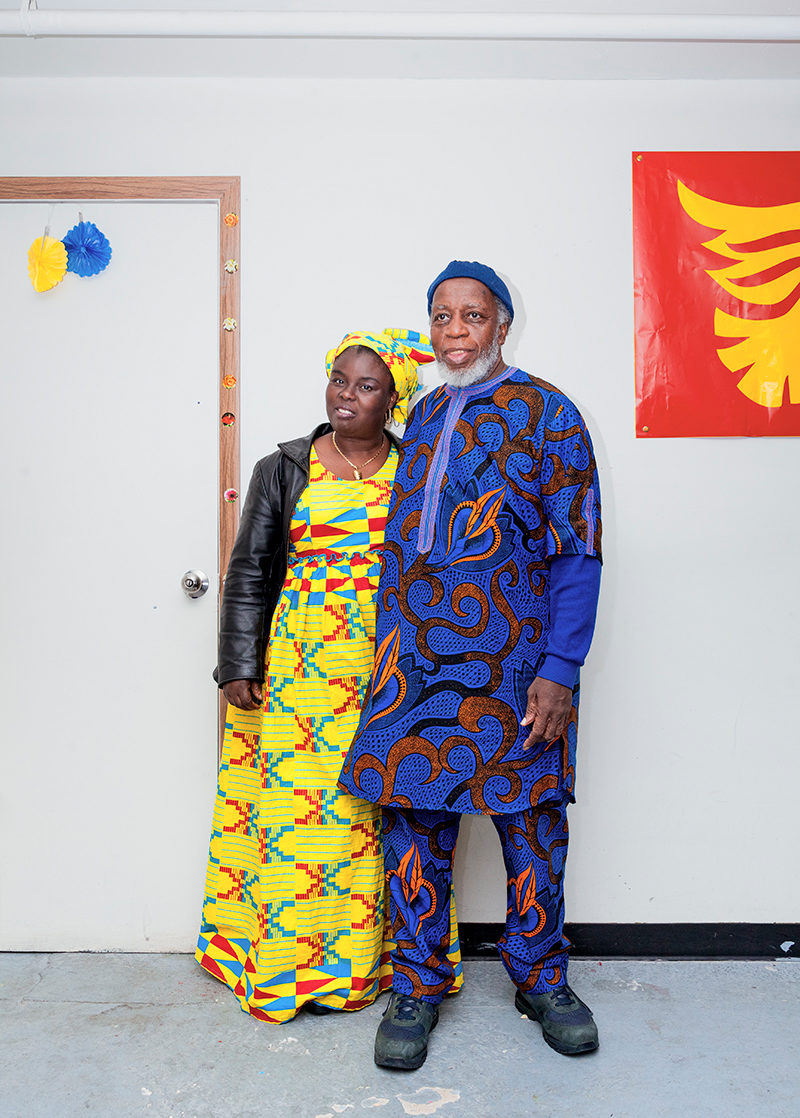
To view more of Kari’s work please visit his website.